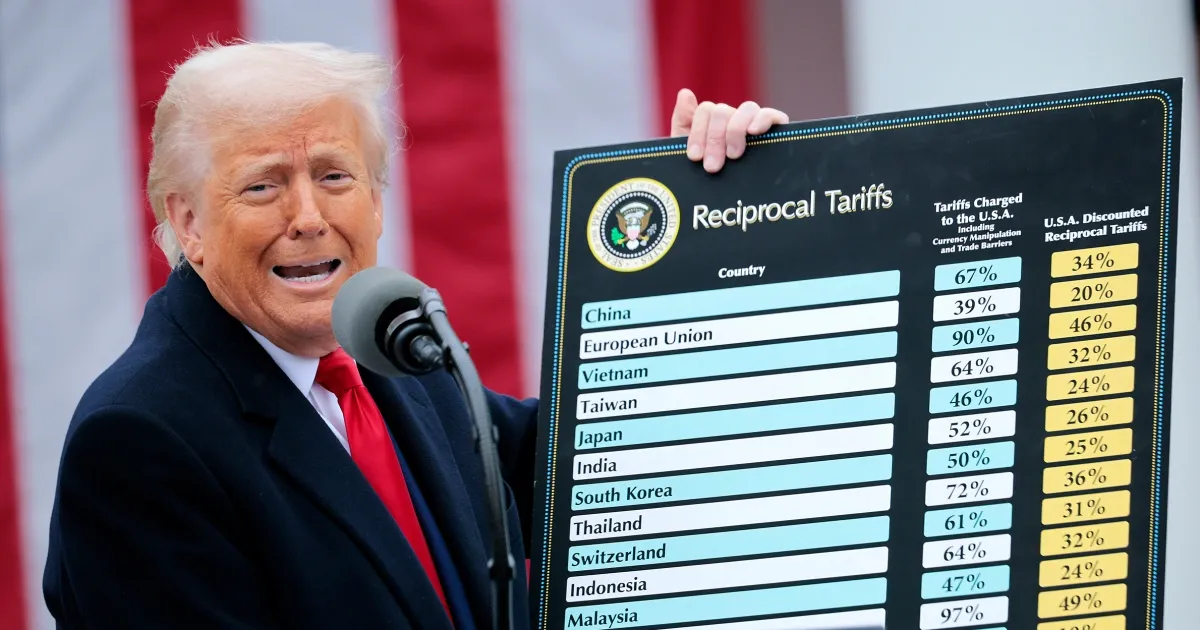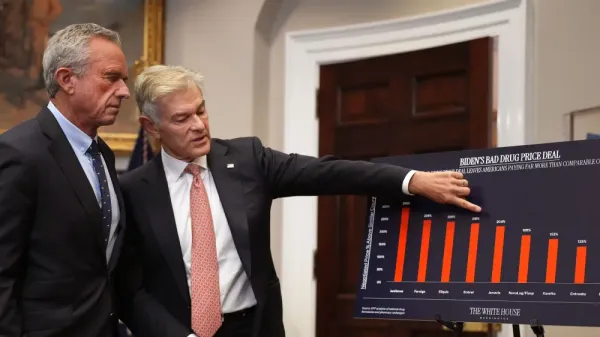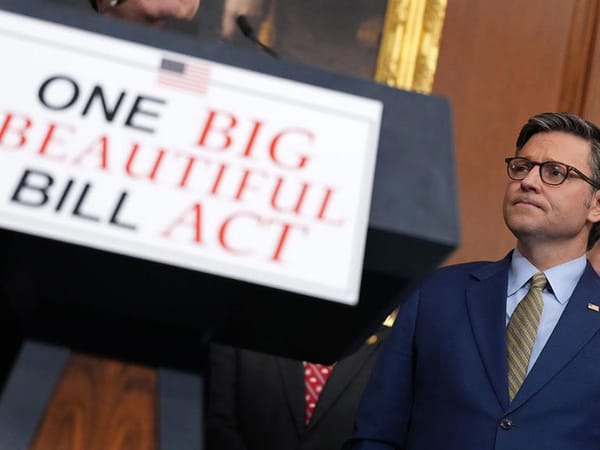How Trade Tariffs Could Impact Employee Benefits — And What Employers Can Do About It

While trade tariffs might sound like an issue for global economists and policy wonks, they can have very real consequences for U.S. employers — especially when it comes to employee benefits.
We work closely with CFOs, HR leaders, and operations teams who are watching margins tighter than ever, or their 401k balances... Here’s what you need to know about how tariffs can influence benefit strategy — and how to stay ahead of it.
1. Rising Costs Put Pressure on Budgets
Tariffs on imported goods often lead to increased costs for raw materials, technology, and even day-to-day business supplies. For employers already dealing with inflationary pressure, that can make labor costs — especially benefits — an area to scrutinize.
2. Healthcare Supply Chain = Tariff Risk
Medical supplies, equipment, and pharmaceuticals are often sourced globally. If tariffs disrupt that supply chain, costs can rise — and those increases find their way into health plan renewal rates.
What to consider: Now is a good time to revisit your pharmacy benefit contract, stop-loss strategy, and high-cost claim containment tactics. Are the drugs manufactured or any part of the process come from China, China, China...?
3. Hiring Freezes & Wage Pressures May Shift the Conversation
Tariff-related slowdowns in certain sectors can lead to wage stagnation, headcount reductions, or cautious hiring — all of which can change how employers approach benefit design.
Strategic shift: In these moments, benefits become a retention tool. Smart plan design can help retain key talent without increasing spend.
4. It’s Not Just Health Plans — Ancillary Benefits Are on the Table
In times of cost control, employers may also scale back or pause ancillary programs like tuition reimbursement, 401(k) matching, or even wellness initiatives.
Final Thought: This Is When Strategy Matters Most
Whether your business is directly impacted by tariffs or simply feeling the ripple effects, now’s the time to think strategically. Benefits don’t have to be a cost center — they can be a tool for stability, a message to employees, and a lever for retention when the market gets choppy. Give us a shout and we'll bring the water wings 😄



